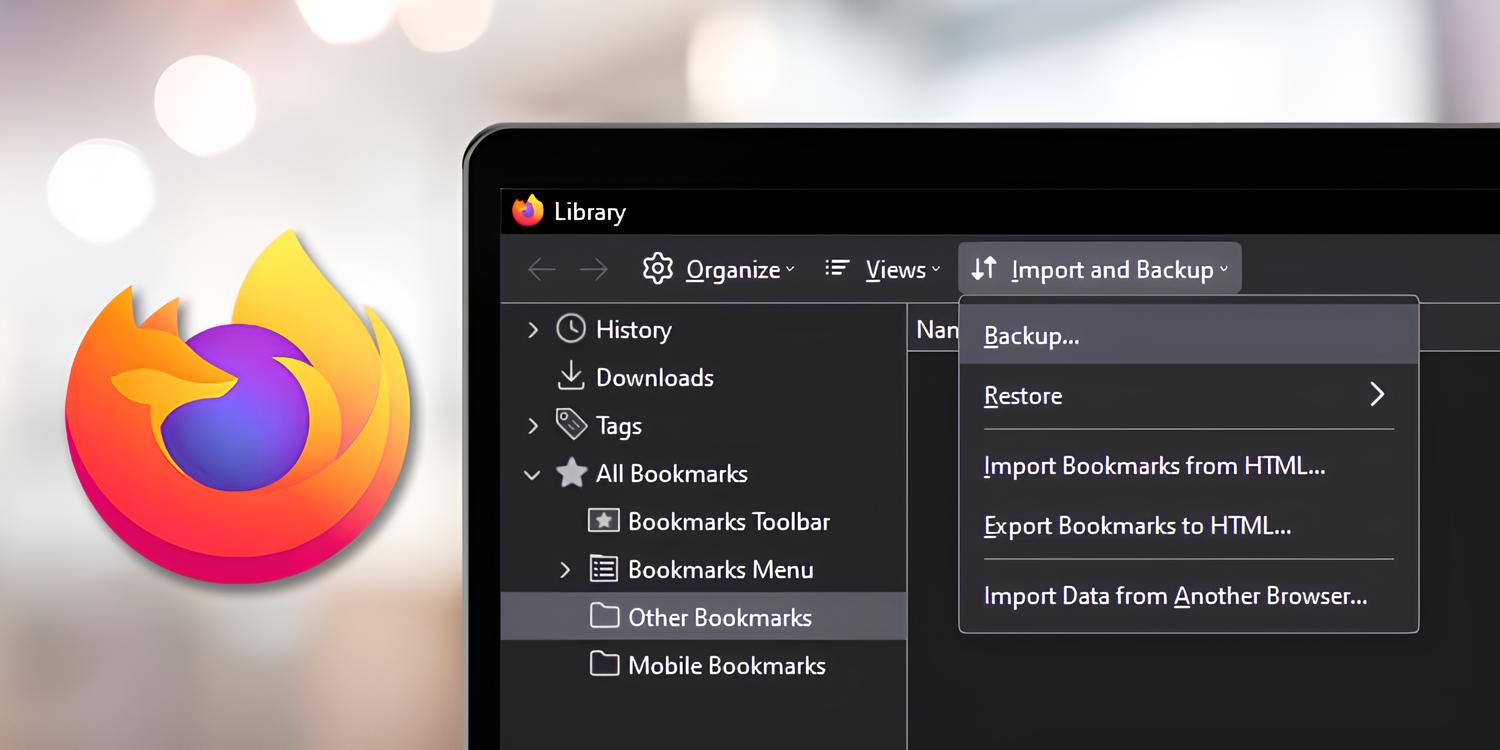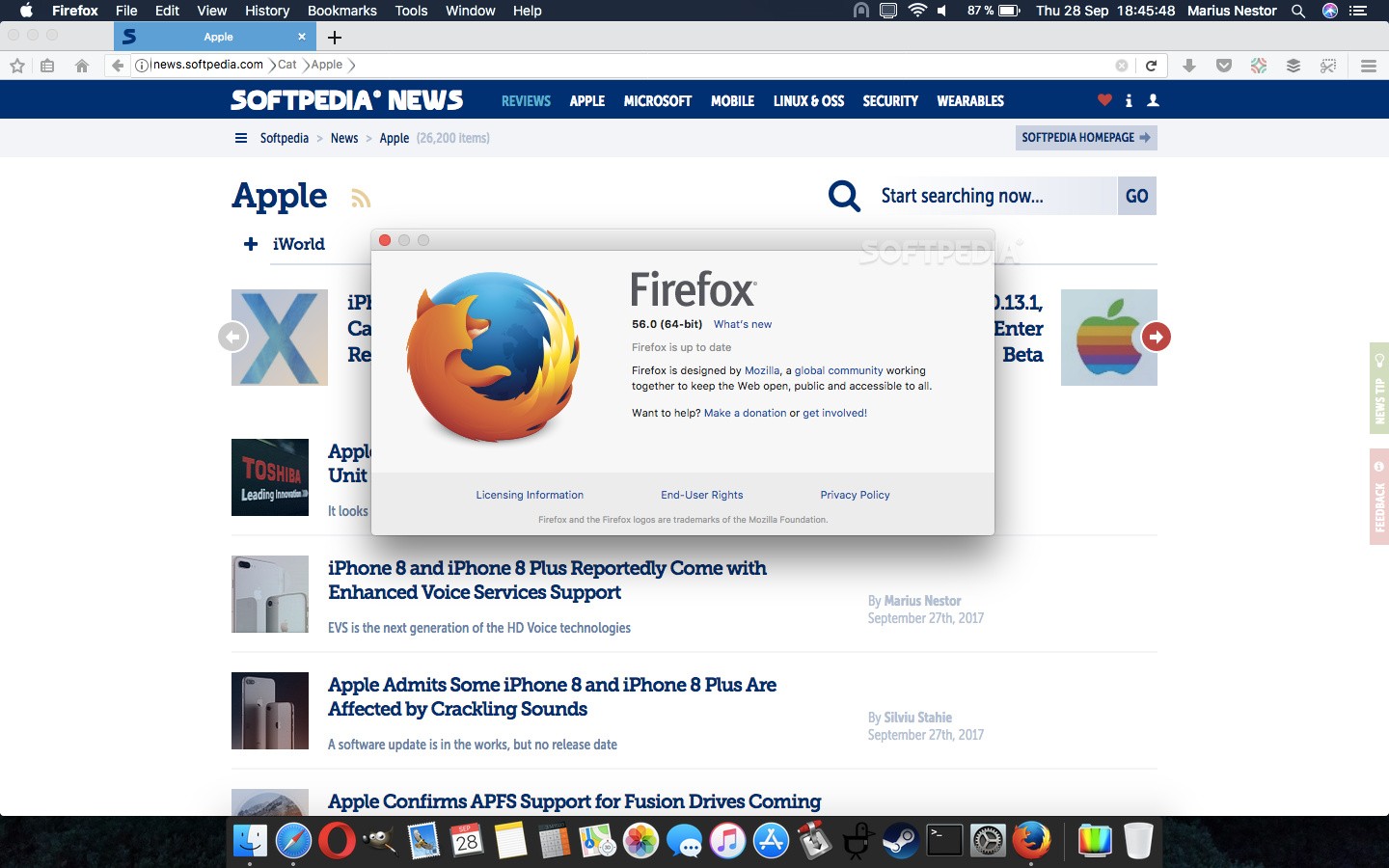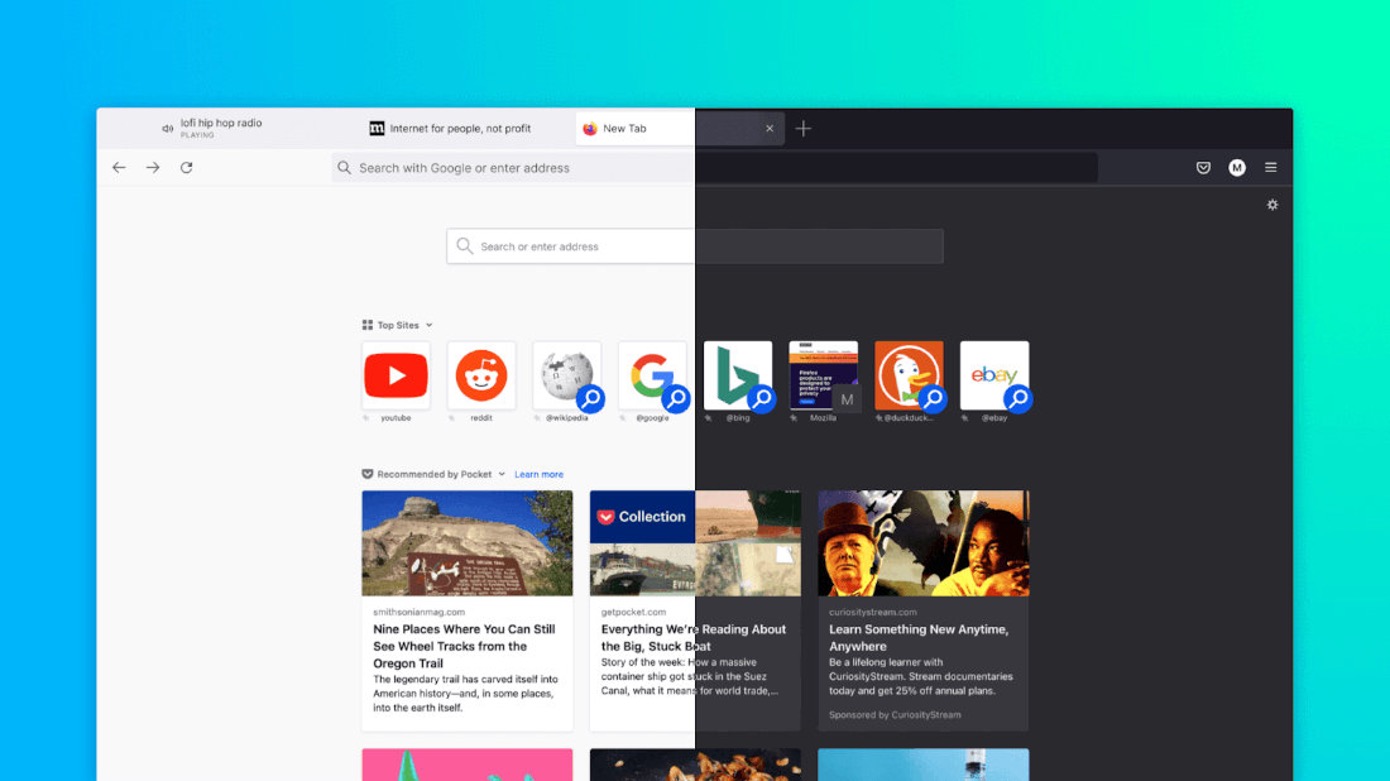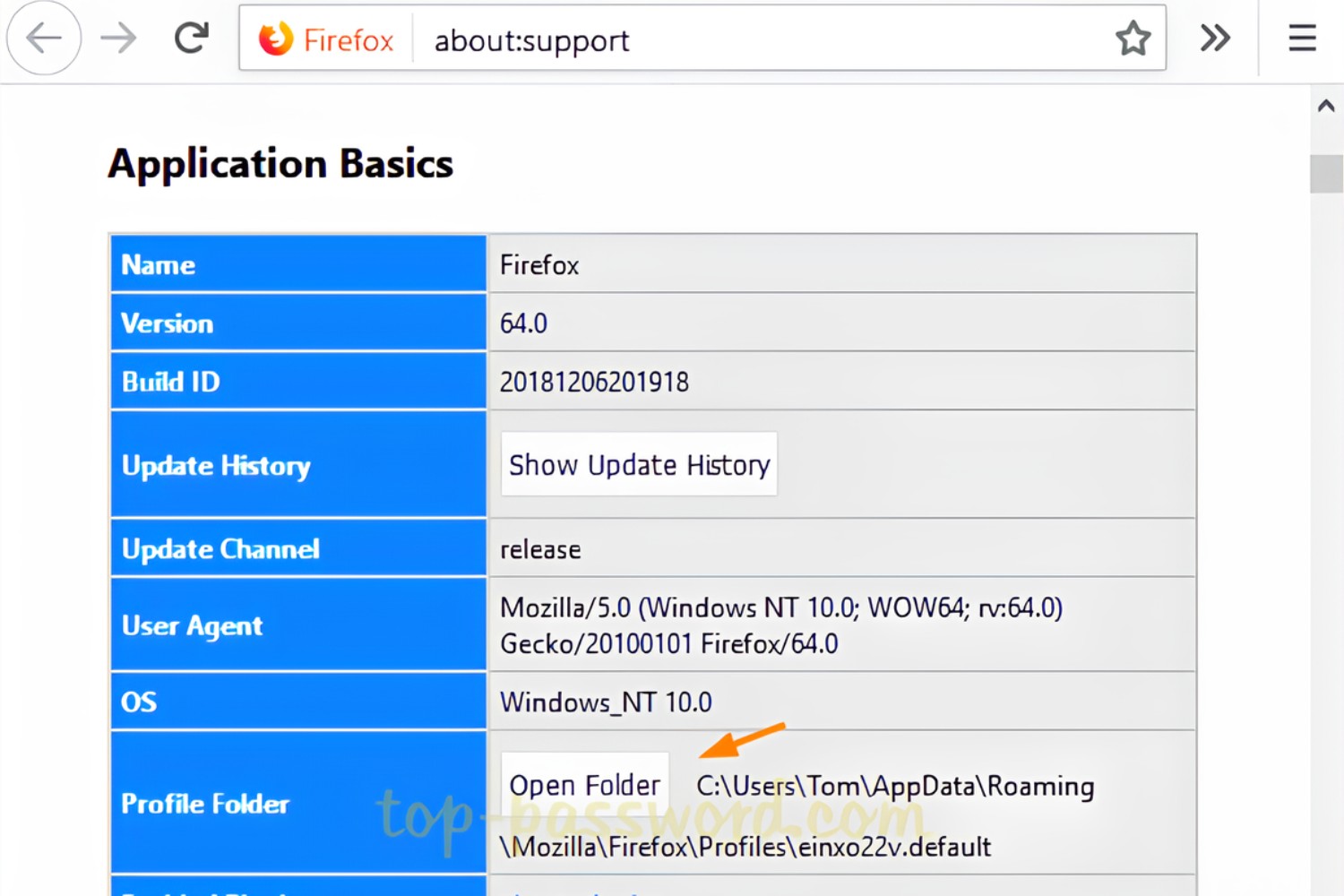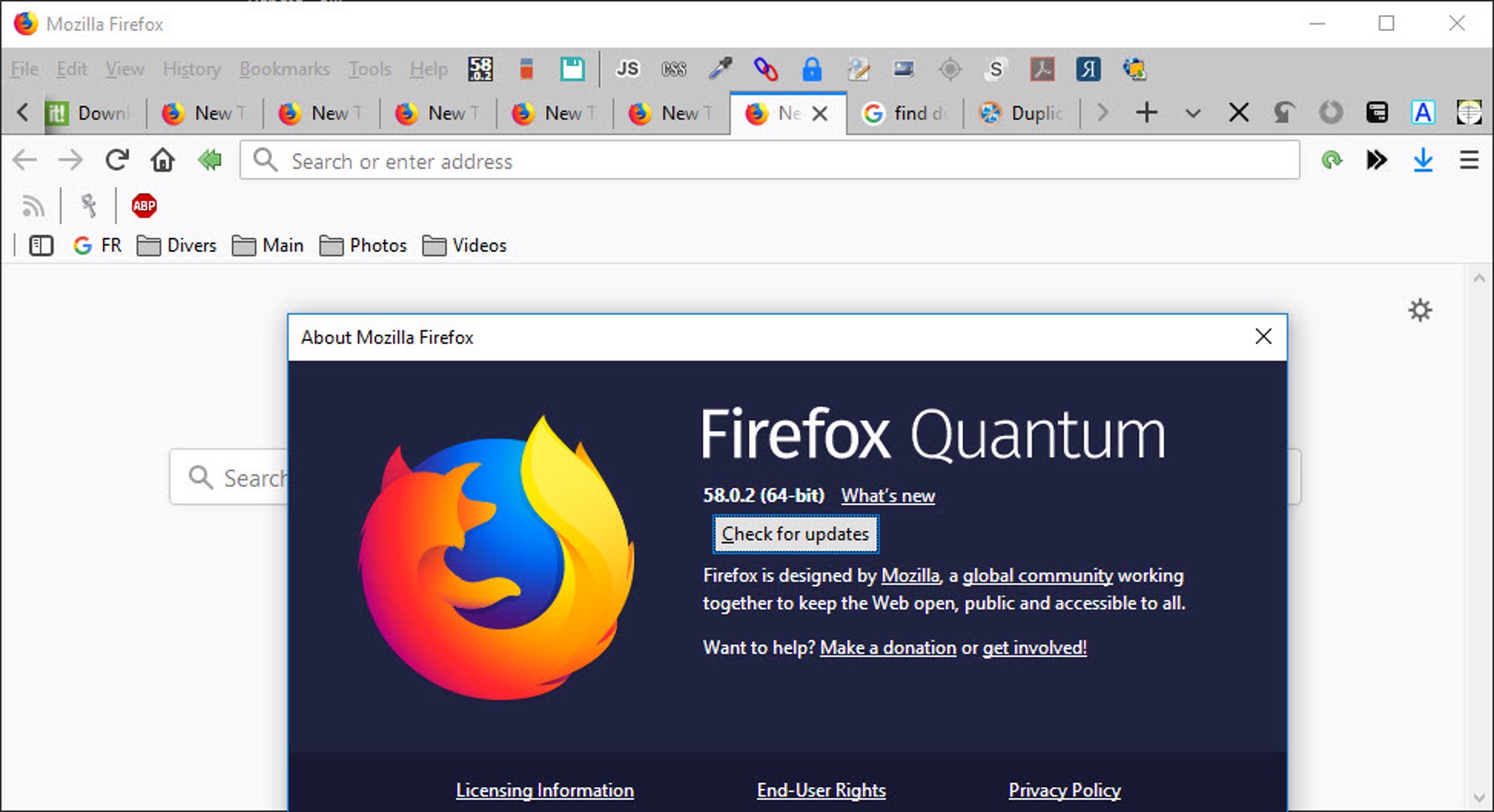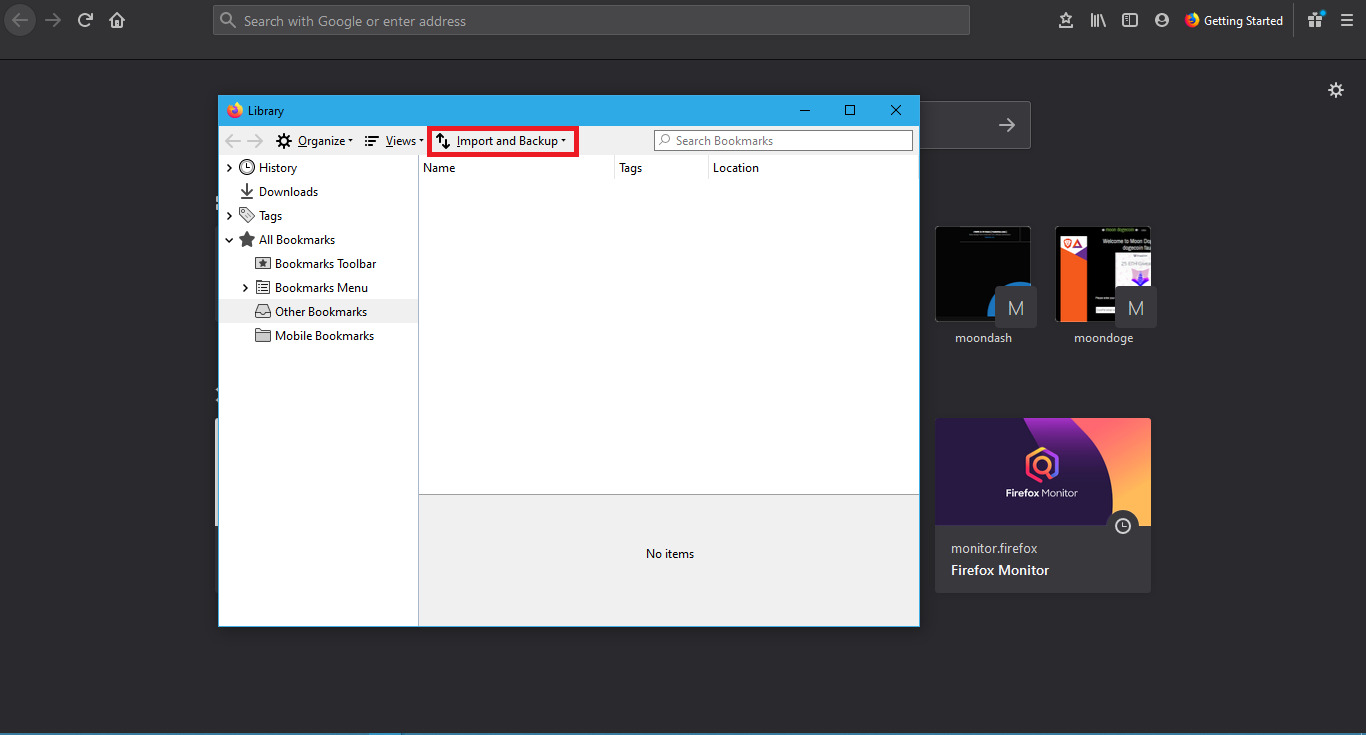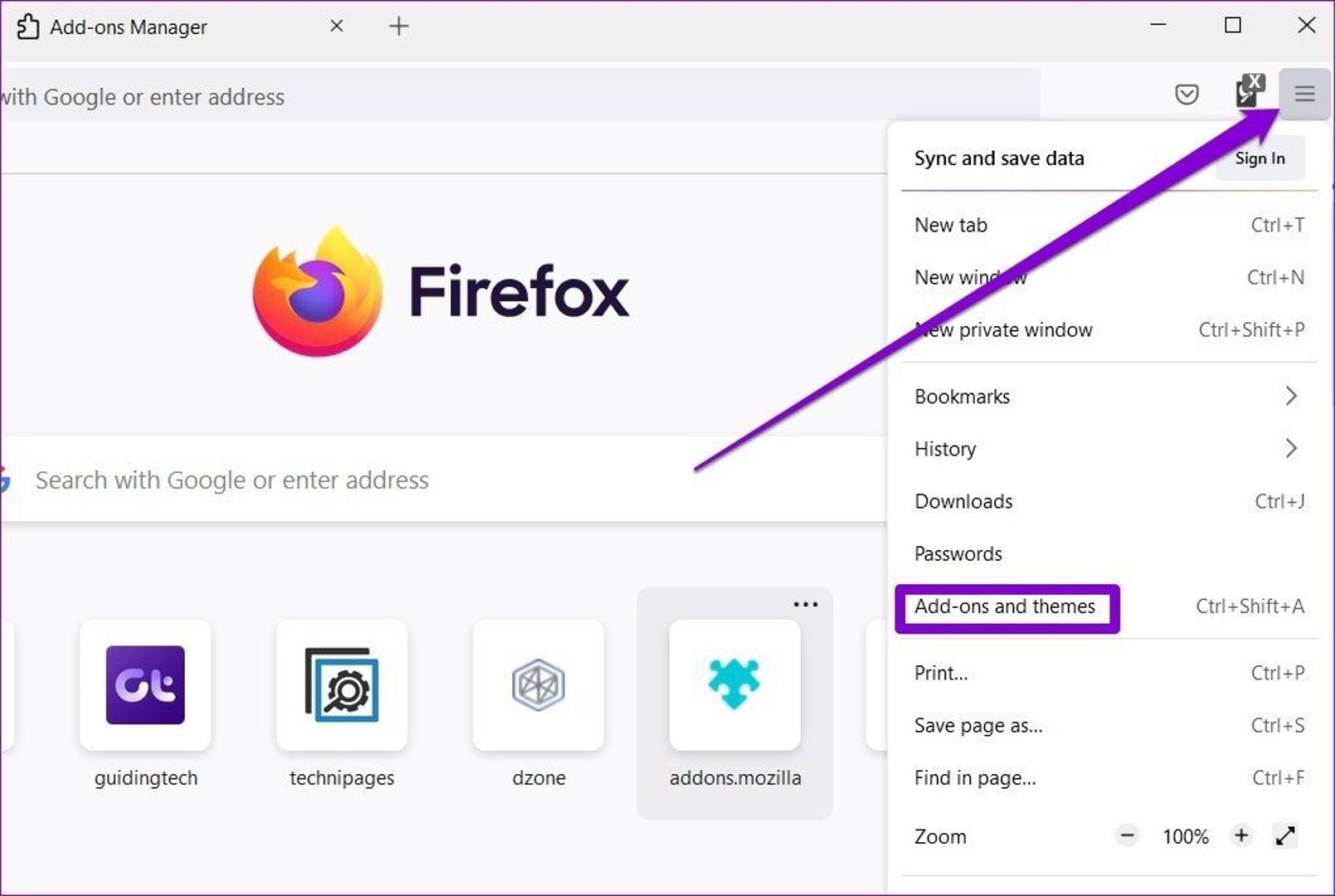Introduction
Backing up your Firefox browser is a crucial step in safeguarding your browsing data, preferences, and extensions. Whether you're switching to a new device, upgrading your operating system, or simply seeking peace of mind, having a backup ensures that you can seamlessly restore your personalized browsing experience. In this guide, we'll walk you through the step-by-step process of backing up your Firefox browser, empowering you to preserve your valuable data and settings with ease.
By following these instructions, you'll gain the confidence of knowing that your bookmarks, browsing history, saved passwords, and customizations are securely stored. Additionally, backing up your Firefox browser allows you to retain your meticulously curated collection of extensions, ensuring that your browsing experience remains tailored to your unique needs and preferences.
With the increasing reliance on digital platforms for work, communication, and entertainment, the importance of preserving our online data has never been more apparent. By proactively backing up your Firefox browser, you're taking a proactive step towards protecting your digital footprint and ensuring uninterrupted access to your personalized browsing environment.
Now, let's delve into the specific steps required to back up your Firefox browser, empowering you to safeguard your browsing data and settings effortlessly. Whether you're a seasoned Firefox user or a newcomer to the browser, this guide will equip you with the knowledge and confidence to preserve your browsing experience with ease.
Step 1: Accessing the Firefox Menu
Accessing the Firefox menu is the initial step towards backing up your browser data. The Firefox menu serves as the gateway to a plethora of essential functions, including accessing browser settings, managing extensions, and initiating the backup process. Here's how to access the Firefox menu:
-
Launch Firefox: Begin by opening the Firefox browser on your computer. You can do this by double-clicking the Firefox icon on your desktop or by searching for it in your applications folder.
-
Locate the Menu Icon: Once Firefox is open, look towards the upper-right corner of the browser window. You'll see three horizontal lines stacked on top of each other. This icon represents the Firefox menu.
-
Click on the Menu Icon: With the menu icon in sight, click on it to reveal a dropdown menu containing a range of options and features. This menu is your central hub for accessing various browser functions and settings.
-
Explore the Menu: Upon clicking the menu icon, you'll be presented with a list of options, including "New Tab," "New Window," "Save Page," "Print," and more. This menu is designed to provide quick access to essential browser features, making it a convenient starting point for managing your browsing experience.
Accessing the Firefox menu is a fundamental step that sets the stage for the subsequent actions required to back up your browser data. By familiarizing yourself with the menu and its contents, you gain the foundational knowledge needed to navigate the browser's settings and initiate the backup process effectively.
In the following steps, we'll delve deeper into the process of backing up your Firefox browser, building upon the foundation established by accessing the Firefox menu. With each subsequent step, you'll gain a deeper understanding of the backup process, empowering you to safeguard your browsing data and settings seamlessly.
Step 2: Selecting the "Help" Option
After accessing the Firefox menu, the next pivotal step in backing up your browser involves selecting the "Help" option. This strategic move unlocks a wealth of essential tools and resources, setting the stage for the seamless preservation of your browsing data and settings. Here's a detailed walkthrough of the process:
-
Locate the "Help" Option: Once you've accessed the Firefox menu, direct your attention to the bottom of the dropdown list. You'll find the "Help" option positioned towards the end of the menu. This critical feature serves as a gateway to valuable assistance and essential browser management functions.
-
Click on "Help": With the "Help" option in sight, click on it to reveal a secondary menu containing a range of additional features and support resources. This action opens the door to a wealth of tools designed to enhance your browsing experience and empower you to manage your Firefox browser effectively.
-
Explore the "Help" Menu: Upon clicking the "Help" option, you'll be presented with a list of features, including "About Firefox," "Restart with Add-ons Disabled," "Submit Feedback," and more. This menu serves as a centralized hub for accessing critical browser management functions and seeking assistance when needed.
By selecting the "Help" option, you're positioning yourself to leverage the full spectrum of resources and tools available within the Firefox browser. This strategic move lays the groundwork for the subsequent steps required to back up your browser effectively, ensuring that your browsing data and settings are preserved with precision and ease.
As we progress to the following steps, the foundation established by selecting the "Help" option will prove instrumental in navigating the backup process seamlessly. By familiarizing yourself with the "Help" menu and its contents, you're equipping yourself with the knowledge and tools needed to safeguard your browsing experience with confidence and efficiency.
Step 3: Choosing "Troubleshooting Information"
Having accessed the Firefox menu and selected the "Help" option, the next pivotal step in the process of backing up your browser involves choosing "Troubleshooting Information." This strategic move unlocks a wealth of essential tools and resources, setting the stage for the seamless preservation of your browsing data and settings.
Here's a detailed walkthrough of the process:
-
Locate "Troubleshooting Information": After selecting the "Help" option, direct your attention to the secondary menu that appears. Within this menu, you'll find the "Troubleshooting Information" option positioned among the list of features. This critical feature serves as a gateway to valuable assistance and essential browser management functions.
-
Click on "Troubleshooting Information": With "Troubleshooting Information" in sight, click on it to initiate the next phase of the backup process. This action opens a new tab containing a wealth of diagnostic details and essential browser management tools. The "Troubleshooting Information" tab serves as a centralized hub for accessing critical browser management functions and seeking assistance when needed.
-
Explore the "Troubleshooting Information" Tab: Upon clicking "Troubleshooting Information," you'll be presented with a comprehensive array of diagnostic details, including the application basics, modified preferences, and important application settings. This tab provides a holistic view of your Firefox browser's configuration, empowering you to gain deeper insights into its inner workings and essential components.
By choosing "Troubleshooting Information," you're positioning yourself to leverage the full spectrum of resources and tools available within the Firefox browser. This strategic move lays the groundwork for the subsequent steps required to back up your browser effectively, ensuring that your browsing data and settings are preserved with precision and ease.
As we progress to the following steps, the foundation established by choosing "Troubleshooting Information" will prove instrumental in navigating the backup process seamlessly. By familiarizing yourself with the diagnostic details and essential tools available within this tab, you're equipping yourself with the knowledge and resources needed to safeguard your browsing experience with confidence and efficiency.
Step 4: Locating the Profile Folder
After navigating through the Firefox menu and accessing the troubleshooting information, the next crucial step in the process of backing up your Firefox browser involves locating the profile folder. This pivotal task grants you access to the core repository housing your browsing data, settings, and extensions, laying the foundation for a comprehensive backup. Here's a detailed walkthrough of the process:
-
Access the Profile Folder: Within the troubleshooting information tab, locate the "Profile Folder" section. This essential component serves as the central repository for your Firefox browser's critical data, encompassing your bookmarks, browsing history, saved passwords, and customizations. By accessing this folder, you gain direct visibility into the core elements that define your personalized browsing experience.
-
Click on "Open Folder": Positioned next to the "Profile Folder" section, you'll find the "Open Folder" button. Click on this button to initiate the exploration of your profile folder. This action opens a new window, providing direct access to the underlying directory housing your browsing data and settings.
-
Explore the Profile Folder: Upon clicking "Open Folder," you'll be presented with a window displaying the contents of your profile folder. Here, you'll encounter a series of subfolders and files, each playing a pivotal role in defining your Firefox browser's configuration and personalized environment. This comprehensive view empowers you to gain deeper insights into the intricate components that shape your browsing experience.
By locating the profile folder, you're positioning yourself to gain direct access to the foundational elements of your Firefox browser, setting the stage for a comprehensive backup. This strategic move lays the groundwork for the subsequent steps required to safeguard your browsing data and settings with precision and ease.
As we progress to the following steps, the foundation established by locating the profile folder will prove instrumental in navigating the backup process seamlessly. By familiarizing yourself with the contents of your profile folder, you're equipping yourself with the knowledge and visibility needed to preserve your browsing experience with confidence and efficiency.
Step 5: Copying the Profile Folder
Having successfully located the profile folder, the final and pivotal step in the process of backing up your Firefox browser involves copying the profile folder to a secure location, ensuring that your valuable browsing data and settings are preserved with precision. This critical task serves as the culmination of the backup process, empowering you to safeguard your personalized browsing environment seamlessly. Here's a detailed walkthrough of the process:
-
Select All Contents: Within the open profile folder window, press "Ctrl + A" on your keyboard to select all the contents of the folder. This action ensures that every critical component of your browsing data, including bookmarks, browsing history, saved passwords, and extensions, is included in the backup.
-
Copy the Contents: After selecting all the contents of the profile folder, right-click on the selected items and choose the "Copy" option from the context menu. Alternatively, you can press "Ctrl + C" on your keyboard to initiate the copying process. This action places a duplicate set of your browsing data and settings onto your computer's clipboard, preparing them for transfer to a secure location.
-
Navigate to the Backup Location: Open a new window or navigate to the location on your computer where you intend to store the backup of your Firefox browser. This can be an external hard drive, a cloud storage service, or a dedicated backup folder on your computer. By selecting a secure and easily accessible location, you ensure that your backup is readily available when needed.
-
Paste the Copied Contents: Within the chosen backup location, right-click and select the "Paste" option from the context menu to transfer the copied contents of your profile folder. Alternatively, you can press "Ctrl + V" on your keyboard to initiate the pasting process. This action securely duplicates your browsing data and settings in the designated backup location, preserving them for future restoration.
By following these steps, you've successfully copied your Firefox profile folder to a secure location, ensuring that your browsing data, preferences, and extensions are safeguarded against unforeseen events. This proactive approach empowers you to retain control over your personalized browsing environment, allowing for seamless restoration in the event of device migration, system upgrades, or unexpected data loss.
As you complete the backup process, you can proceed with confidence, knowing that your Firefox browser's critical components are securely preserved. By maintaining a regular backup cadence, you ensure that your browsing experience remains uninterrupted and tailored to your unique needs and preferences.
Conclusion
In conclusion, the process of backing up your Firefox browser is a pivotal step in preserving your browsing data, settings, and extensions. By following the detailed steps outlined in this guide, you've gained the knowledge and confidence to safeguard your personalized browsing environment with precision and ease.
The proactive approach of backing up your Firefox browser empowers you to maintain control over your digital footprint, ensuring that your bookmarks, browsing history, saved passwords, and customizations are securely preserved. Additionally, the retention of your meticulously curated collection of extensions allows for uninterrupted access to essential tools and resources, tailored to your unique needs and preferences.
By accessing the Firefox menu, selecting the "Help" option, and navigating to the "Troubleshooting Information" tab, you've positioned yourself to leverage the full spectrum of resources and tools available within the browser. This strategic move lays the groundwork for the subsequent steps required to back up your browser effectively, ensuring that your browsing data and settings are preserved with precision and ease.
Having located the profile folder and copied its contents to a secure location, you've completed the backup process, proactively safeguarding your browsing data against unforeseen events. This proactive approach empowers you to retain control over your personalized browsing environment, allowing for seamless restoration in the event of device migration, system upgrades, or unexpected data loss.
By maintaining a regular backup cadence, you ensure that your browsing experience remains uninterrupted and tailored to your unique needs and preferences. The confidence gained from knowing that your Firefox browser's critical components are securely preserved allows you to navigate the digital landscape with peace of mind, knowing that your valuable data and settings are safeguarded.
In embracing the practice of backing up your Firefox browser, you've taken a proactive step towards protecting your digital footprint and ensuring uninterrupted access to your personalized browsing environment. By integrating the knowledge and skills acquired from this guide into your digital routine, you empower yourself to navigate the online realm with confidence, knowing that your browsing data and settings are securely preserved.
With the ability to seamlessly restore your personalized browsing experience, you're equipped to embrace new devices, operating systems, and digital environments with ease, ensuring that your browsing experience remains tailored to your unique preferences. By proactively backing up your Firefox browser, you've embraced a proactive approach to digital preservation, safeguarding your valuable data and settings with precision and confidence.







